15 Hydration Tips for Staying Healthy as the Weather Cools
As the weather cools, it can be easy to forget about drinking enough water. People often feel less thirsty in colder months, but the body still needs steady fluids to stay healthy. Dry air from heaters and chilly winds can even cause you to lose moisture more quickly. Staying hydrated helps keep your energy levels steady and supports your immune system. Simple habits like sipping warm drinks, eating water-rich foods, and setting reminders can make a big difference. Paying attention to hydration during this time of year is just as important as it is in the summer.
This post may contain affiliate links, which helps keep this content free. Please read our disclosure for more info.
Drink Warm Herbal Teas
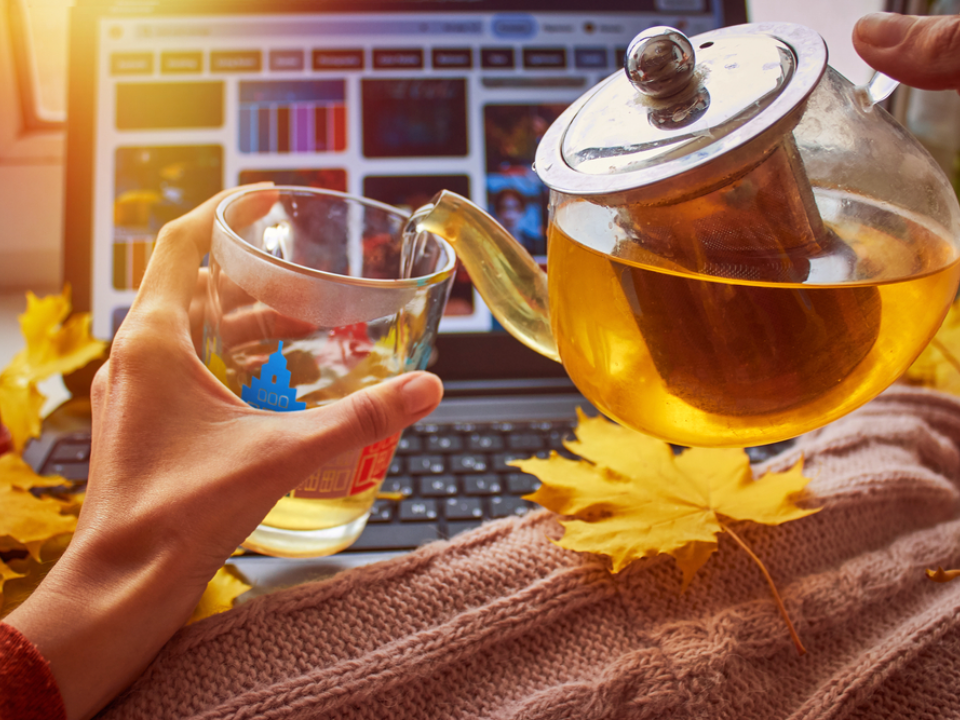
Herbal teas are a comforting way to keep your body hydrated when the weather turns chilly. Choices like chamomile, peppermint, or ginger tea add variety while providing warmth that plain cold water may not offer during cooler months. They contain no caffeine when chosen carefully, which makes them suitable for regular sipping throughout the day. Drinking warm teas can also soothe your throat and promote a calming effect on your body.
You can prepare a pot of herbal tea in the morning and pour it into a thermos to sip during the day. This method helps you steadily maintain hydration without relying on cold beverages. For those who prefer a little sweetness, adding a small amount of honey can make the drink more enjoyable without overwhelming your health goals. Herbal teas are an excellent way to support hydration while offering seasonal comfort.
Keep a Water Bottle Nearby
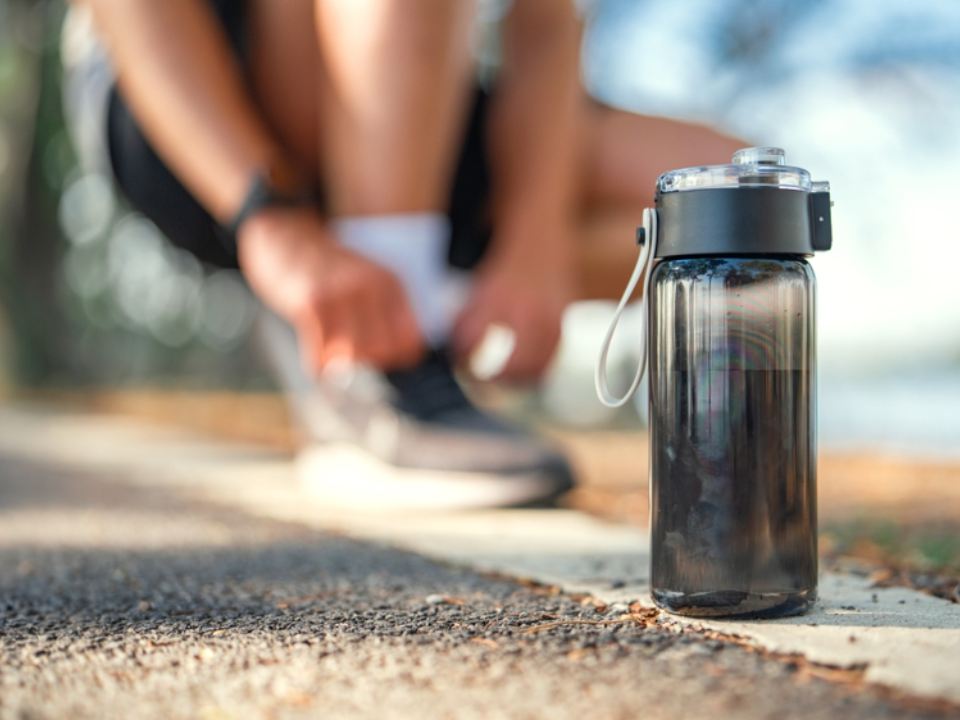
When the temperature drops, the sensation of thirst can become less noticeable. Keeping a water bottle by your side reminds you to drink regularly even if you do not feel thirsty. This simple habit encourages consistent intake and ensures your body gets the fluids it needs. A reusable water bottle is also convenient and environmentally friendly.
You can mark the bottle with lines that show how much you should drink by a certain time of day. This visual guide makes it easier to pace your intake without having to think about it constantly. Carrying a water bottle also eliminates the excuse of not having water available when you feel like drinking. Small reminders like this are highly effective in supporting hydration.
Add Seasonal Fruits to Water
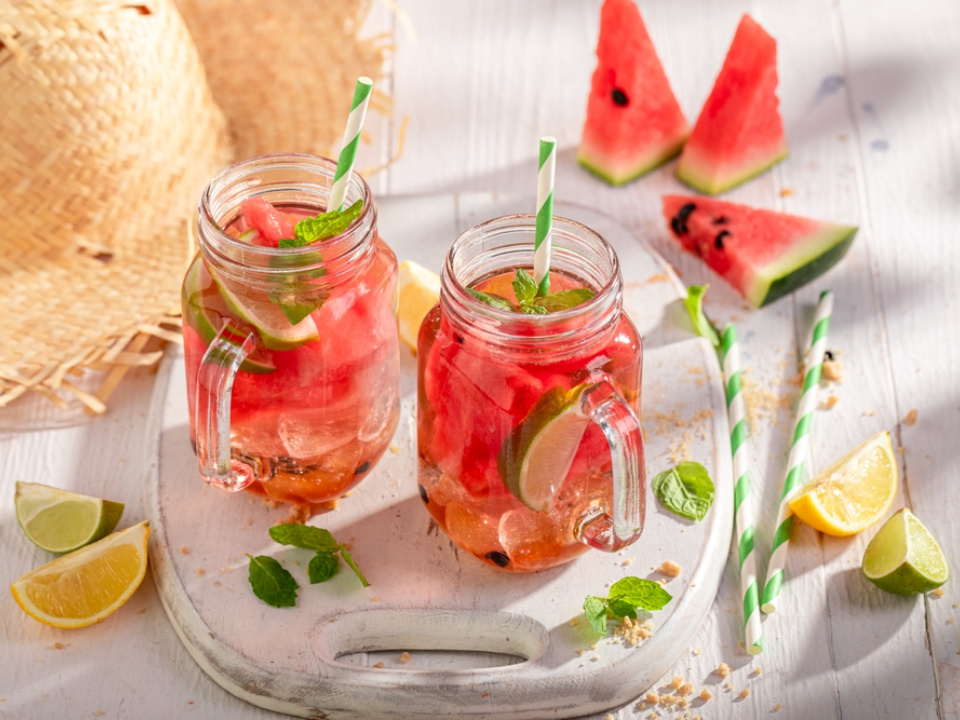
Flavored water is a practical way to stay hydrated while enjoying a seasonal twist. Adding slices of apple, pear, or cranberry brings subtle taste while avoiding excess sugar from commercial drinks. Infused water feels refreshing and gives you a reason to drink more frequently. These fruits also provide helpful vitamins and antioxidants.
You can prepare a pitcher of fruit-infused water and store it in the fridge for easy access. Try mixing different combinations like apple with cinnamon sticks or cranberry with orange slices for added flavor. The gentle sweetness keeps you reaching for your glass more often throughout the day. This method turns plain water into something more enjoyable during colder months.
Include Soups and Broths
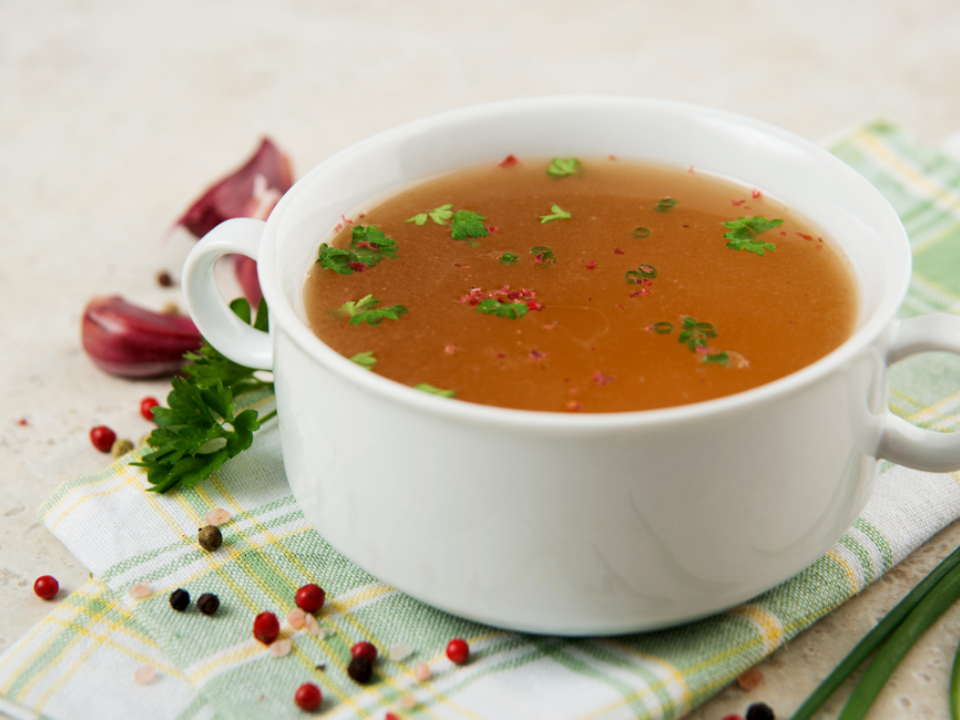
Soups and broths are excellent ways to support hydration while adding comfort in cold weather. They provide fluids along with vitamins, minerals, and warmth. Chicken broth, vegetable soup, or miso soup are satisfying options that help you stay nourished while increasing your liquid intake. Soups also encourage you to enjoy seasonal produce.
You can prepare a large pot of soup and store portions for quick meals during the week. This keeps hydration easy and adds variety to your menu. Broths are especially good for those who do not drink enough plain water since they are both light and flavorful. This method adds hydration in a way that feels natural during cooler months.
Balance Caffeine Intake
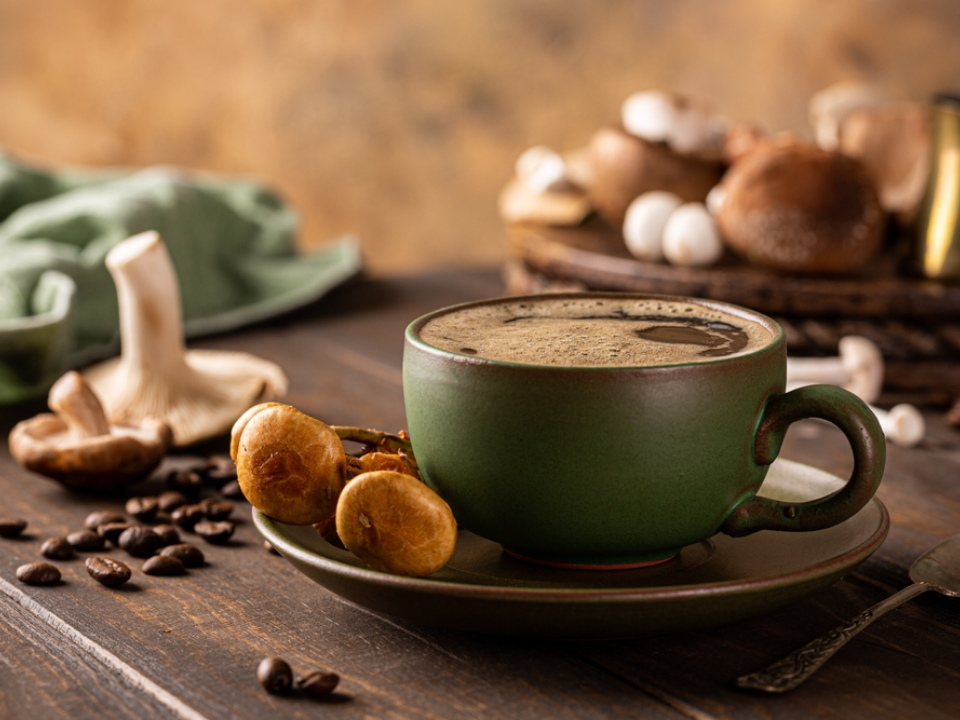
Many people enjoy coffee or tea more often during colder months. While these drinks provide comfort, too much caffeine may increase fluid loss for some individuals. Balancing caffeinated beverages with enough plain water is important for proper hydration. Paying attention to how your body responds is key.
You do not need to avoid caffeine completely, but moderation is recommended. For each cup of coffee or tea, try to drink an extra glass of water to keep things balanced. Choosing decaffeinated versions for part of the day is another helpful approach. Keeping caffeine in check makes it easier to maintain steady hydration.
Snack on Water-Rich Foods
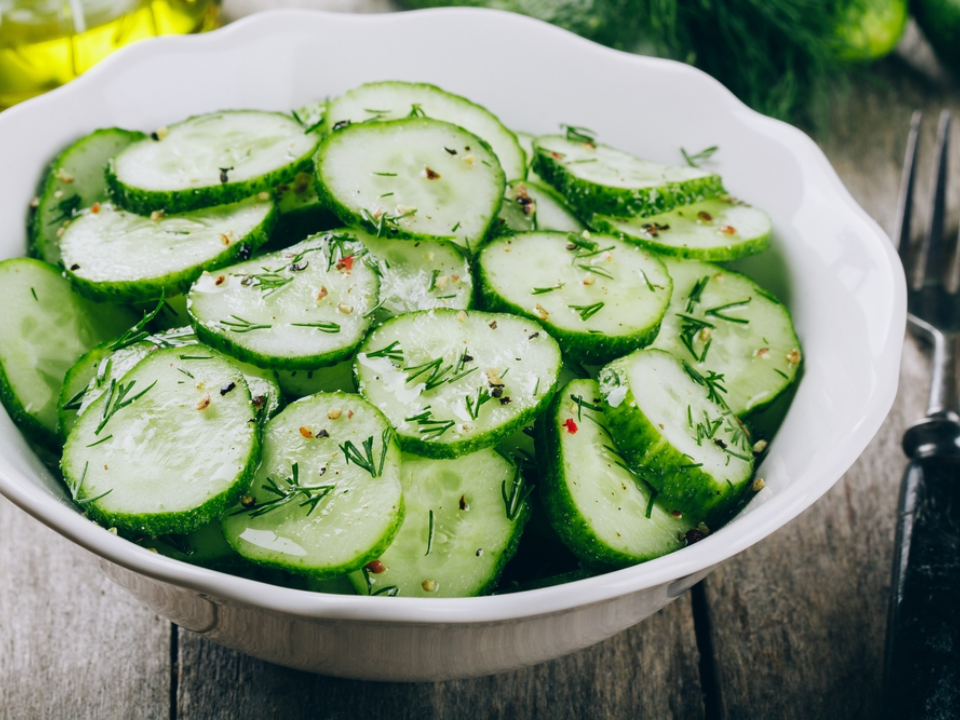
Fruits and vegetables with high water content are an excellent way to add fluids to your diet. Choices like cucumbers, oranges, watermelon, and celery contain natural hydration while giving your body helpful nutrients. Eating these foods alongside regular meals is a simple way to keep hydrated without drinking extra fluids. Seasonal produce can also bring variety to your snacks.
Adding water-rich foods is particularly useful for people who find it hard to drink enough water. A small serving of fruit or raw vegetables during breaks can make a noticeable difference. Soups and salads that include these foods further support hydration. This approach works well as part of your daily eating habits.
Start and End the Day with Water
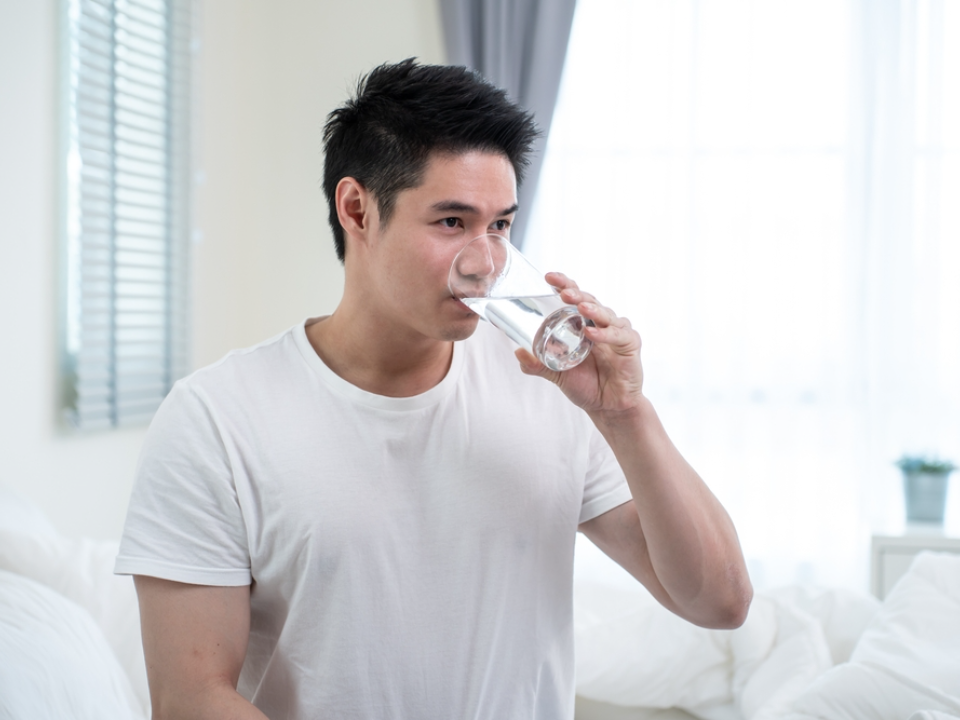
Drinking water first thing in the morning helps replace fluids lost overnight. It refreshes your body and sets a good foundation for the rest of the day. A glass of water before bed can also keep you from waking up dehydrated in the morning. Making this a daily ritual is simple and effective.
This habit does not require effort beyond keeping a glass or bottle nearby. Morning and evening are natural transition times, making it easy to remember. Starting and ending your day with hydration can support energy and general health. It is a gentle routine that fits into any lifestyle.
Adjust for Activity Levels
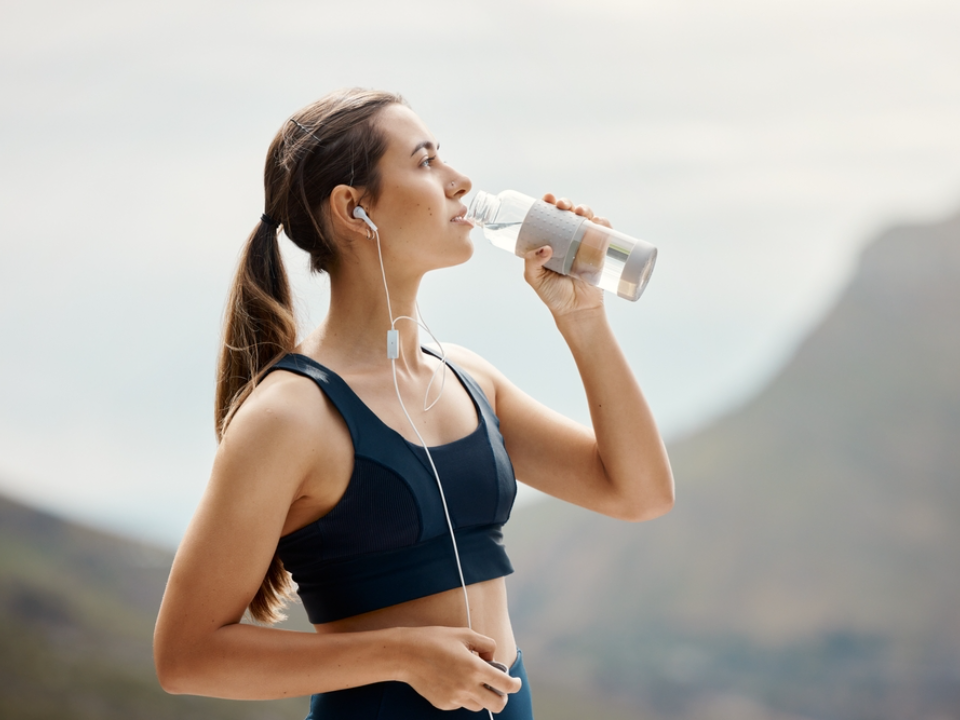
Hydration needs change depending on your activity. Even in cool weather, exercise and physical tasks cause fluid loss through sweat and breathing. Replacing what you lose is vital to staying hydrated and avoiding fatigue. People who work outdoors or engage in fitness routines should take special care.
Carrying a water bottle during walks, workouts, or chores is a simple solution. Drinking before, during, and after activity keeps your body in balance. Sports drinks may help if you are doing intense exercise, but water is usually enough for most people. Adjusting to your personal activity ensures that you are getting the right amount of fluids.
Drink Water with Meals
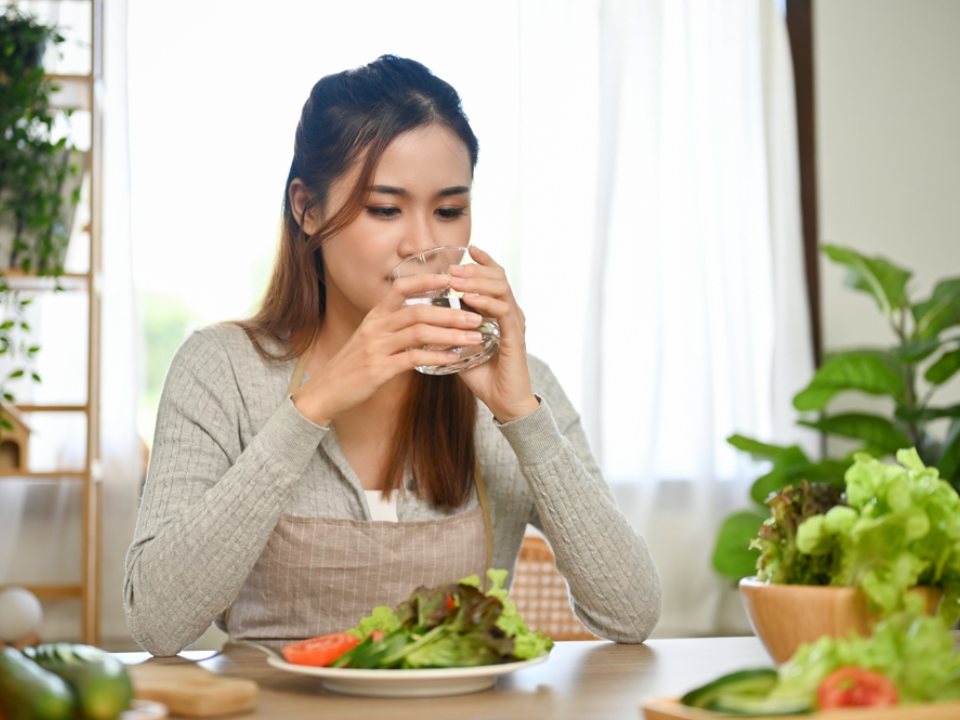
Having a glass of water with your meals is one of the easiest ways to add to your daily intake. It helps you swallow food more easily and can aid digestion by keeping things moving smoothly. Drinking water with food also prevents overeating since it helps create a feeling of fullness. This simple practice ensures you are staying hydrated without adding effort.
You can make this a habit by placing a glass of water on the table before eating. It becomes a natural part of your routine and helps you remember to drink regularly. If plain water feels dull, try adding a lemon slice or cucumber for mild flavor. Keeping this habit steady is an effective step to better hydration.
Use a Humidifier Indoors
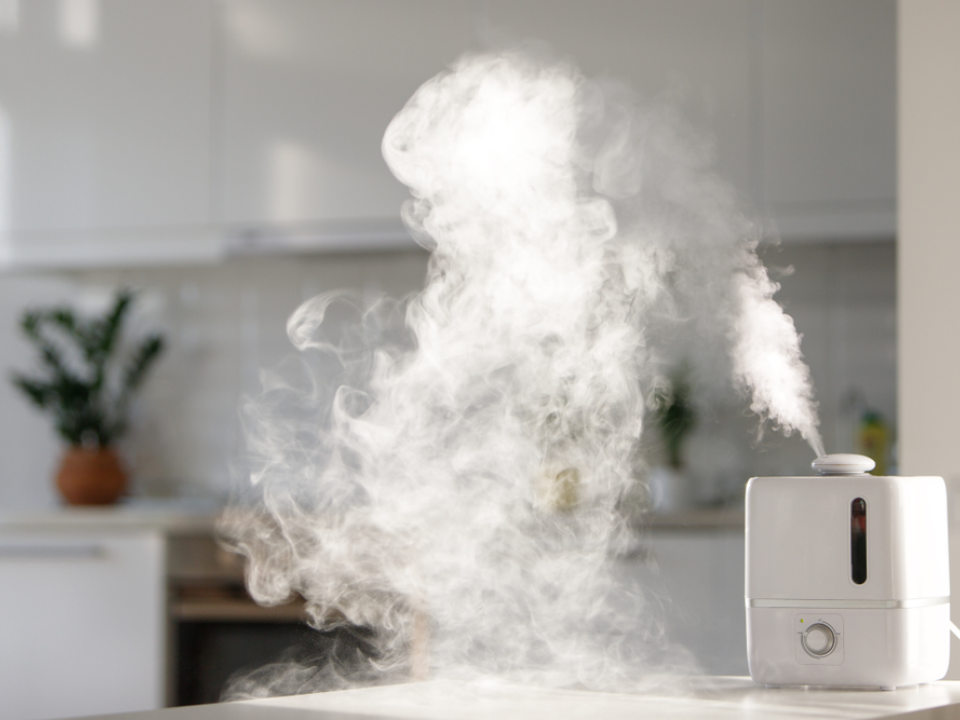
Cold weather often comes with dry indoor air from heaters and low humidity. This can cause your body to lose moisture more quickly through skin and breathing. A humidifier helps by adding moisture back into the air, reducing dryness in your nose, throat, and skin. This indirectly supports hydration by limiting water loss.
Placing a humidifier in your bedroom or living room can make a noticeable difference. It keeps the air comfortable and reduces the need for your body to overcompensate for dryness. Combined with drinking enough fluids, it helps you stay balanced during the cooler months. This approach is especially useful for those who spend long hours indoors.
Avoid Excess Alcohol

Colder seasons often bring more gatherings and holiday events where alcohol is served. While occasional drinks are fine for many people, alcohol can lead to dehydration if consumed in large amounts. It increases fluid loss, leaving your body with less water than it needs. Being mindful of intake is key to staying healthy.
If you do enjoy alcohol, pair each drink with a glass of water. This reduces the dehydrating effects and helps your body recover more quickly. Limiting alcohol on days when you are less active is another good approach. Moderation makes it easier to keep your hydration on track while still enjoying seasonal celebrations.
Sip Warm Lemon Water

Warm lemon water is both soothing and hydrating during cool weather. The warmth makes it pleasant when the air is chilly, while the lemon adds a refreshing flavor that encourages you to drink more. Lemon also provides vitamin C, which supports your immune system during the cold season. It is a light and simple option that can replace sugary beverages.
You can drink a cup of warm lemon water in the morning or evening. Adding a little honey makes it more soothing if you have a sore throat. Preparing it takes only a minute and can easily become part of your daily routine. It is a comforting way to add hydration throughout the day.
Carry a Thermos of Warm Water
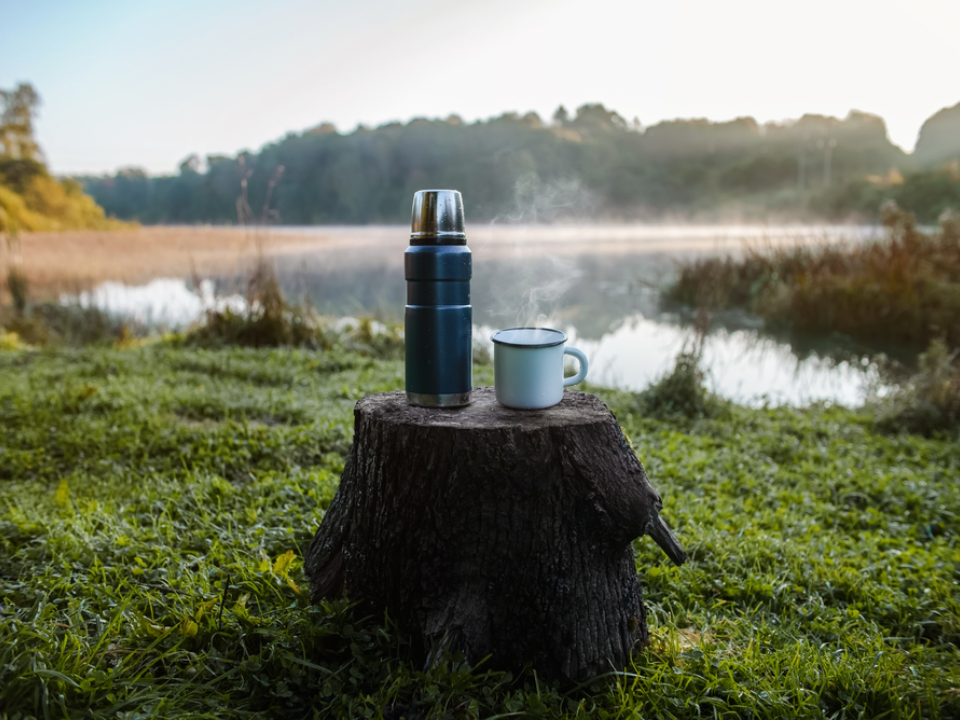
Plain warm water can be surprisingly comforting when the temperature drops. Carrying a thermos allows you to sip throughout the day without the shock of cold drinks. Warm water feels gentle on the throat and stomach, making it easier to drink more. It is also a soothing alternative to caffeinated beverages.
You can prepare a thermos in the morning and keep it by your side at work or home. This simple habit ensures you have hydration ready whenever you need it. It works especially well for people who dislike drinking cold water in winter. Having a thermos available can help you maintain steady hydration all day.
Eat Hydrating Seasonal Produce
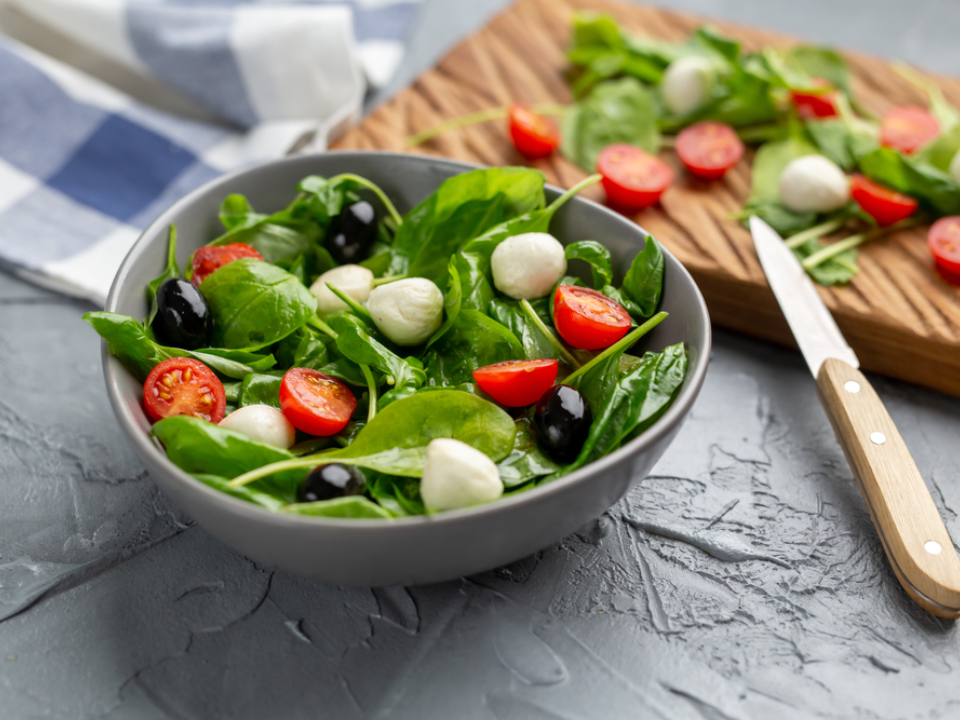
Seasonal fruits like oranges, clementines, and grapes are excellent sources of water and nutrients. Vegetables such as spinach, zucchini, and lettuce also contribute to fluid intake. These foods are refreshing, easy to add to meals, and support your body with vitamins and minerals. Eating them regularly helps fill hydration gaps you may miss with drinks alone.
A salad, smoothie, or fruit snack can easily add extra fluids to your day. Choosing produce that is in season makes it fresher and more flavorful. Keeping a bowl of fruit within reach encourages you to snack in a healthier way. Seasonal produce is a natural addition to your hydration plan during cooler months.
Drink After Physical Activity
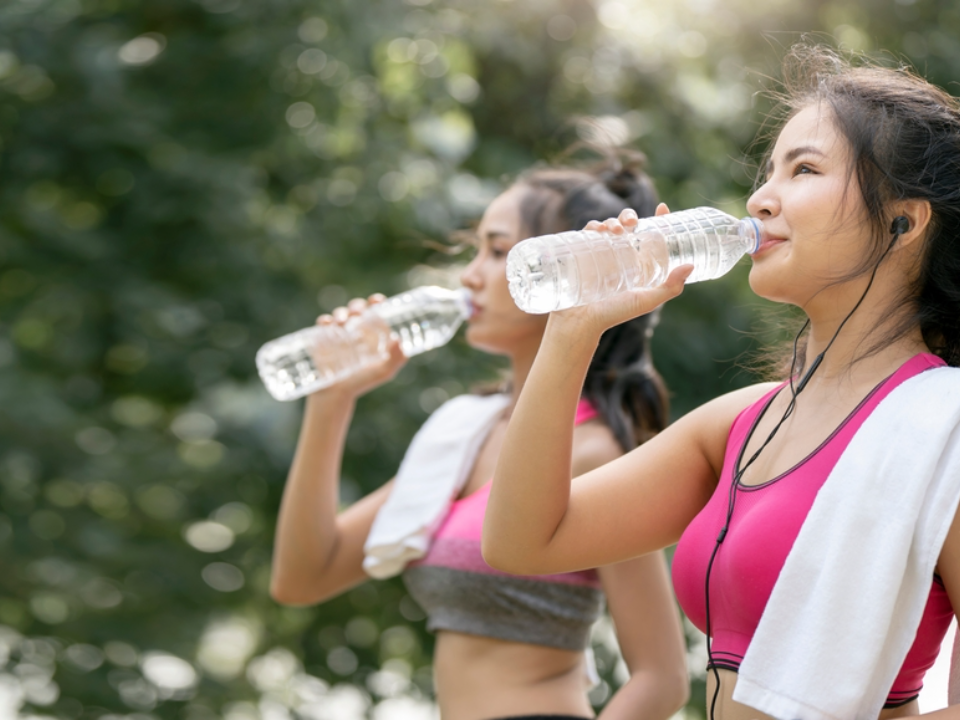
Even though cooler weather reduces sweating, your body still loses fluids when active. Whether it is exercise, yard work, or simply walking long distances, you need to replace what is lost. Drinking water after physical activity helps your body recover and prevents tiredness from dehydration. It is a habit that supports energy and general well-being.
Keep a bottle nearby so you can drink immediately after finishing your activity. For light exercise, water is usually enough, while longer sessions may call for electrolyte drinks. Listening to your body and rehydrating quickly makes a clear difference in how you feel. This small step is essential when maintaining hydration.
This article originally appeared on Avocadu.
